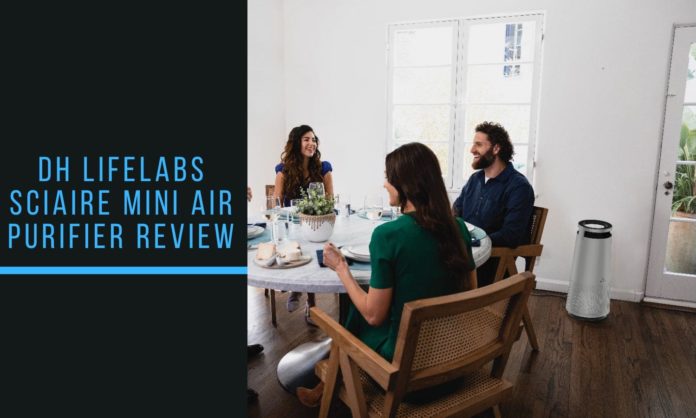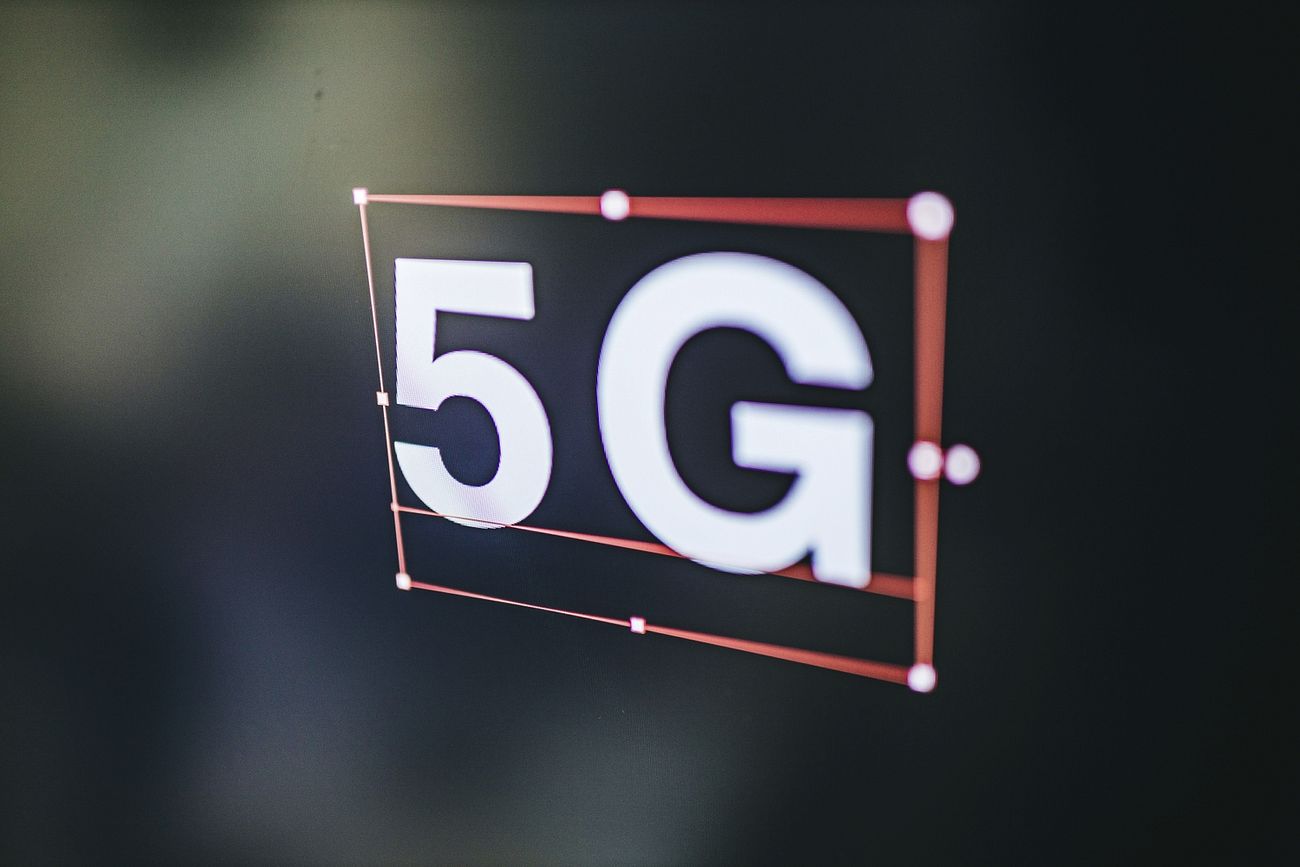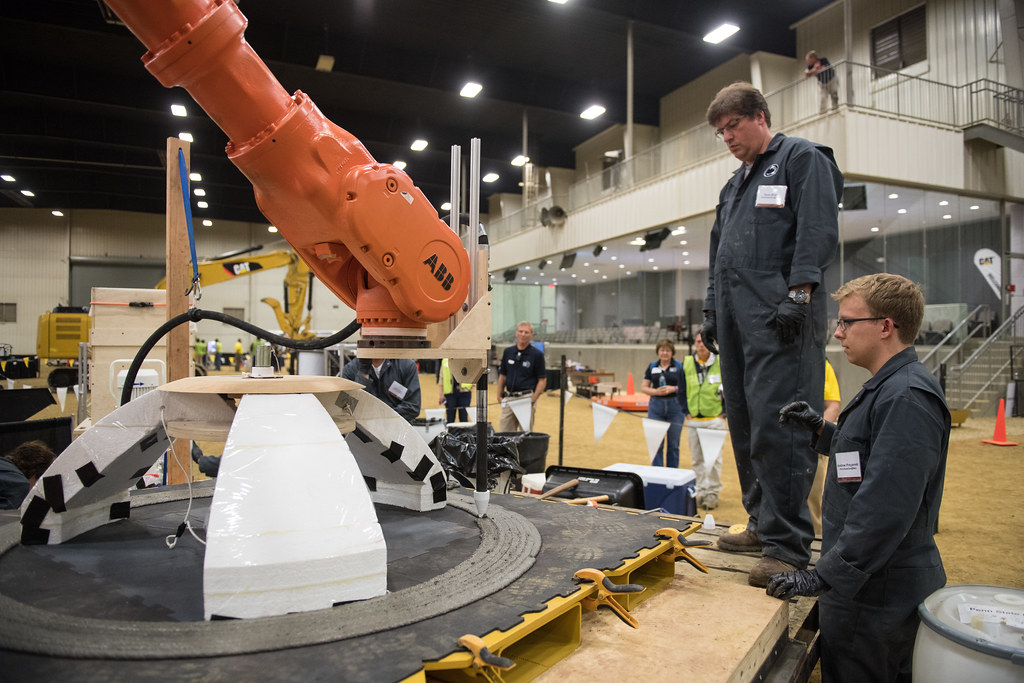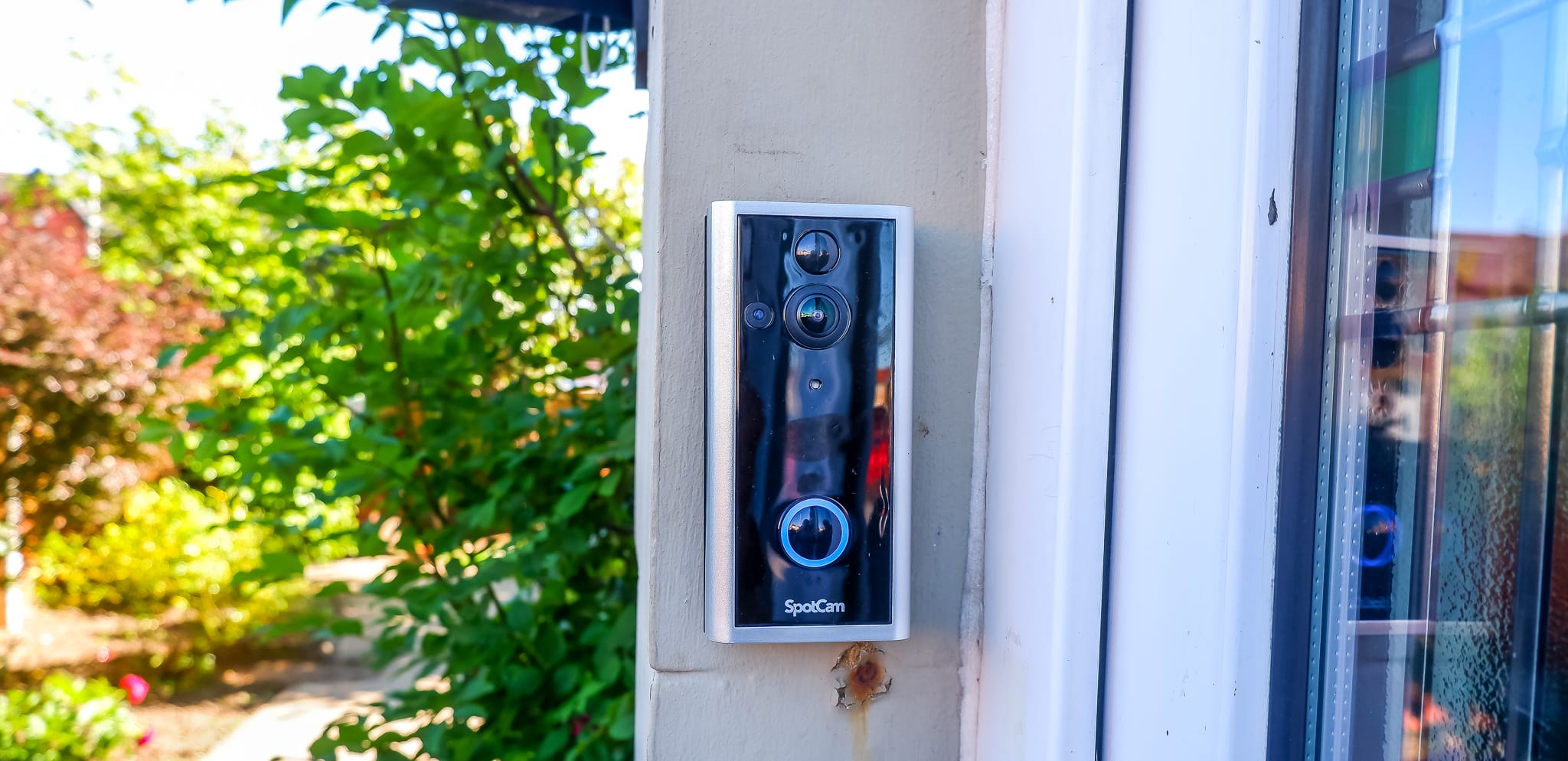DH Lifelabs Sciaire Mini + HEPA Air Purifier Review Rating
Summary
I am impressed by the DHLifelabs Sciaire mini. It is quiet, efficient and has a nice appearance. It depends on whether you are convinced of the health benefits of air-ionization. It is supported by science, which I believe is worthwhile.
There are pros
- HEPA + Ionisation will provide better results than HEPA.
- Quiet
- These things are attractive design.
Cons
- It is controversial to use air ionization in purifiers. Marketing claims may be incorrect.
Over the years I have written extensively about air purifiers, indoor air quality, and other topics.
These air purifiers all use HEPA filters. Air purifiers may be expensive but they’re essentially just fans that push air through filters. It is easy to see why many air purifiers cost hundreds of dollars. The majority of air purifiers that I reviewed have Wi-Fi, and have built-in monitors for air quality. This helps to justify their high price tag.
Things are a little more complicated with the DH Lifelabs Sciaire Min. While it does not have Wi-Fi capability, this is my first review of an air purifier with an air ionizer built in. It’s a controversial piece of technology. Will it be marketed as the best for indoor air quality or just a marketing stunt?
See my IAQ reviews and other air purifiers:
Specifications
To make sure I’m not called out, the specifications are listed by the company on their product pages.
- Rooms up to 215ft2 (20m2)
- Eliminates 99.9% of Bacteria & Viruses, including SARS-CoV-2 (Common Cause of Coronavirus)
- Removing 99.95% of airborne pollutants including dust, pollen and smoke.
- The H13 True HEPA filter captures allergens down to 0.1 microns (pre-filter, HEPA filter, activated carbon filter)
- Neutralizes Household Odours & VOCs, Including Ammonia, Formaldehyde, and Hydrogen Sulfide
- Cleanse the air 4.8x an hour
- Strom Consumption: 32W
- Fan Speed 3 levels (Sleep/2/3)
- Noise (dB(A)): < 57 dB
- Remember: Every 6 months, replace your filter
Do Air Ioniser Air Purifiers Work?

This air purifier is distinguished from all others by its air ionization feature.
Although I naturally am skeptical, I have been exposed to product marketing air ionisations and believed it to be marketing hype.
But, as it turned out, I was incorrect, and there are some caveats.
The static charge created by air ionisers is around any airborne contaminants in your space. These particles, such as allergens and dust, are attracted by nearby grounded conductors once they have been charged. These particles stick to the surface where they meet.
It is efficient at reducing the airborne particles but they are likely to stick to your home’s surfaces. You will still get some contaminants sticking to surfaces in your home, even though an air-ionizing air purifier has deliberate plates that collect them.
PlasmaShield technology is claimed to be the feature of this purifier. The unit’s proprietary technology produces ions that can be used to kill pathogens and purify the air around it.
Clean rooms have used air ionisers to reduce ultrafine particles.
Consumer-oriented air ionizers have not been shown to be powerful enough for influencing particulate levels in the homes. You can only assume that the marketing claims by DH Lifelabs, as well as many other products, are correct.
Although it’s not an ideal solution for everyone, many will find it better than being exposed to those chemicals.
Covid Claims / Virus and SARS CoV-2
It makes big claims regarding its ability to eradicate viruses. Partu BS-08 reviews the effectiveness of purifiers to eliminate viruses.
HEPA filters can remove many bacterias that might be in the air. HEPA filters can filter things down to 0.3um. Many microbiology books state that most bacteria are between 0.2um to 2.0um in size (diameter).
The average virus size is 0.3um. Anti-maskers used this argument to argue that viruses are usually smaller than 0.3um. However, it failed to recognize the fact many viruses including covid transmit droplet infections and not airborne.
This is because of air ionization. New Scientist reports that air ionisers can be used in hospitals to treat bacterial-based infection.
Sharp Electronics has found that the air conditioners can activate viruses such as influenza by producing positive and negativeions.
Things are more complicated when it comes to viruses. There isn’t much evidence to support the idea that air ionisation causes any damage to virus cells. Many viruses such as SARS-CoV-2, influenza, and others, like the Sharp research, depend on piggybacking from smaller aerosols or droplets. The covid virus can spread through aerosols that are smaller than drops. These can travel many kilometres away from the source, but can remain suspended in air for up to hours. Combining a HEPA filter with air ionization should reduce spread of aerosol-borne viruses.
My limited research (about 30 minutes of Googling) suggests that the HEPA filter will prove to be the most effective. Although I’m not certain if it is better to have an ionized virus-laden particle randomly landing on your surface, it is still highly recommended.
Install



The setup is simple for this air purifier. This air purifier comes with the HEPA filter in a bag. You will need to remove the bag and refit it before you can use it.
The fan will automatically turn on when you push the button. It can adjust the speed of the fans according to the quality of the air. You can see the level of air quality by looking at the LED ring.
Performance

Problem with the purifier: They don’t list the CADR. It gives an indication of air filtration performance, and helps you select the best size air purifier.
The claims of this unit being able to manage spaces up to 20 m2 (20 m2) are enough to believe. It also claims to be able to turn the air over 4.8 times per hour.
From that, you can calculate the CADR. The ceiling height would be 8ft. It works in a space of 215 ft2. With 5 air changes per hour, this would work out at 143 CFM or 243 m³/h.
Because this purifier is meant to fit in smaller spaces, the CADR is not as high as many other options. The performance is about the same as that of the Xiaomi Smart Airpurifier 4 Pro, but it’s a bit less expensive than the Princess Smart Airpurifier I reviewed back in June.
Both of these air purifiers have intelligent functionality, which allows you to create schedules and track the air quality. However, they do not include air ionization.
Let’s now get to the actual performance of it in my house. I don’t have much to add. The performance has been satisfactory. The weather is cold, my allergies aren’t too severe, and I haven’t had to get a virus in over 5 years. I cannot comment on the effectiveness of this product.
My Airthings View Plus indoor air quality was reported to be good. The LED indicator of the purifier seemed to match what Airthings has to say. When I’m cooking in the kitchen, PM 2.5 peak. Subjectively, I find that they seem to fall off quicker with this purifier (which is normal).
Because it is so cold outside, windows need to be closed. There can also be food odors, dampness and mustiness in our bedrooms. Subjectively, it does appear to have reduced that problem.
It is very quiet at the level of one. The volume can be turned up to max, although it isn’t as loud as other air purifiers. However, the pitch will sometimes be higher than those of the competitors. It is probably due to its smaller fan and lower CADR.
Prices and other options
The DH Lifelabs Sciaire Mini + HEPA is priced at £200 and has a CADR of approximately 243 m³/h (based on my questionable maths).
These are the results of air ionization:
The Princess Smart Air Purifier is £170 with a CADR of 280 m³/h.
The Philips Series 2000i Connected Air Purifier is £250 with a CADR of 333 m³/h.
The Xiaomi Smart Air Purifier 4 Pro is roughly £250 with a CADR of 500 m³/h.
Blueair is an expensive, but a well-respected brand in the air purifier world and they have the Dustmagnet 5240I which has a 230+ m³/h CADR and costs £350.
All in all
I usually try to be as objective as possible, and my conclusions are based on the product’s performance in comparison with other products and its price.
It is impossible to achieve this in these cases. This will depend on the amount of value that you place into air ionization. Unfortunately, I do not have the ability to test this in an environment that can be used as a lab.
Also, it is winter and my allergies don’t seem to be that severe at the moment.
The DH Lifelabs Mini Sciaire has been a pleasant experience. The Sciaire Mini runs quiet and improves air quality faster than an ordinary air purifier. You can also get rid of the unpleasant smells and food odours caused by closed windows.
The CADR performance of this unit is comparable to those made by other manufacturers, if my calculations are correct. HEPA filters are not very expensive, but they can be quite costly if you don’t need them.
I was impressed overall with the DH Lifelabs Sciaire Mini. I recommend it. However, you should consider the following caveats.





